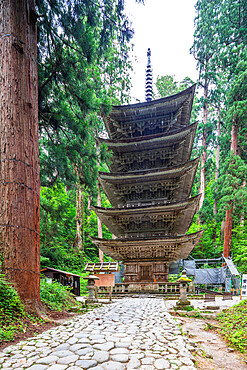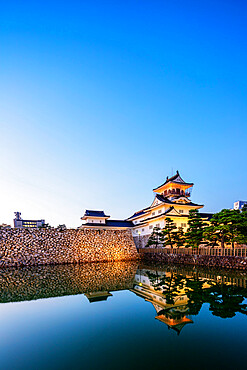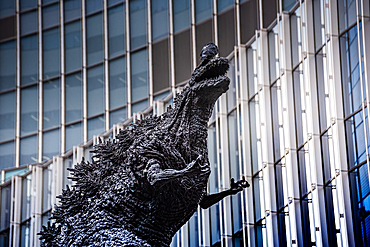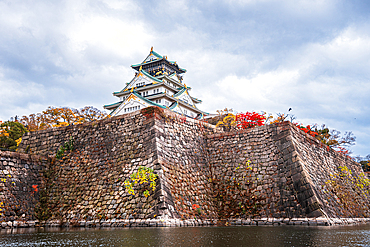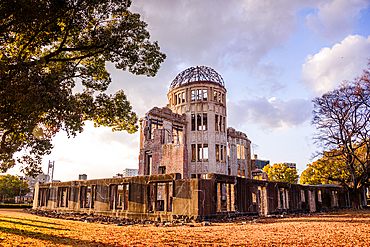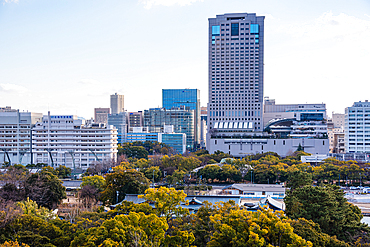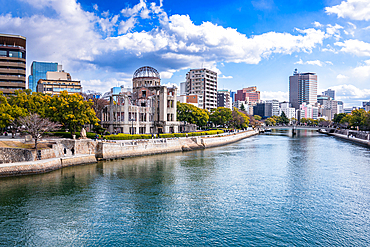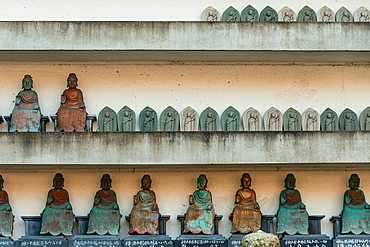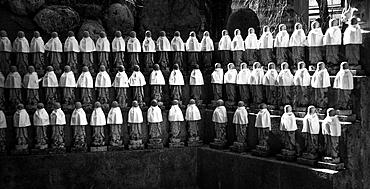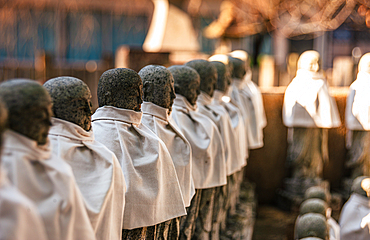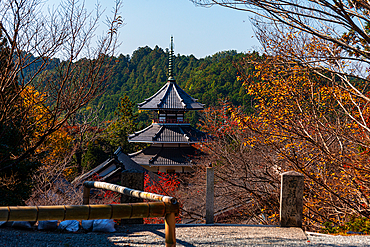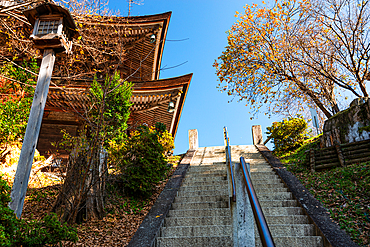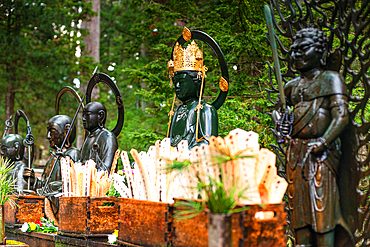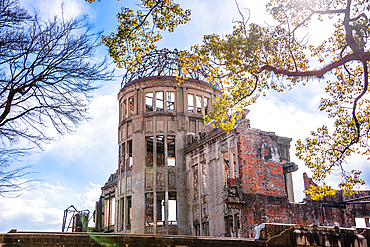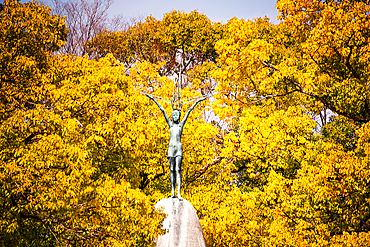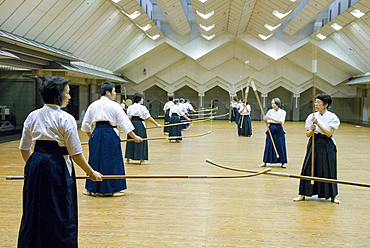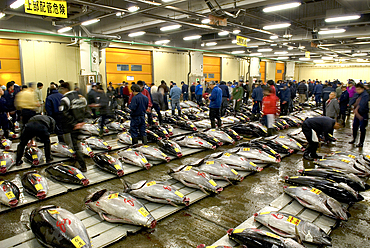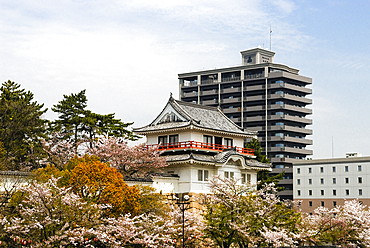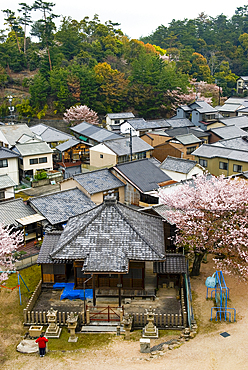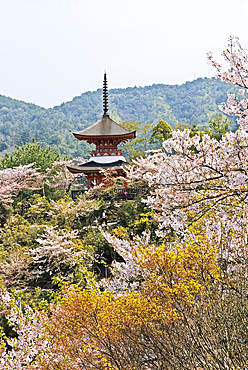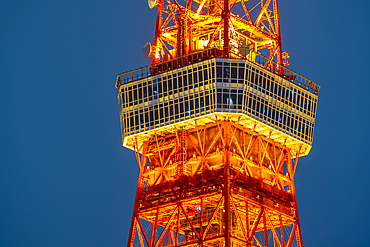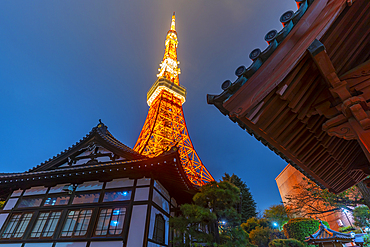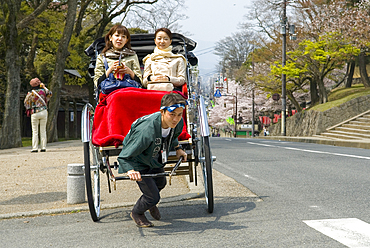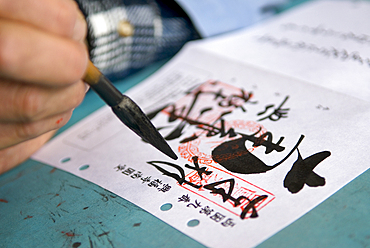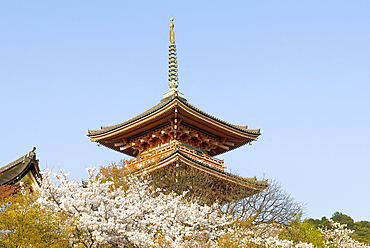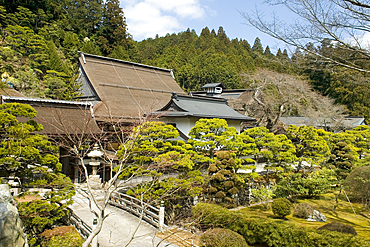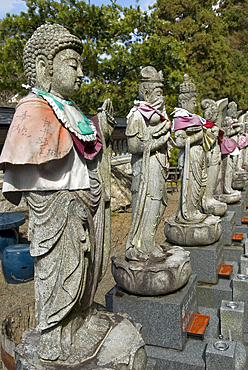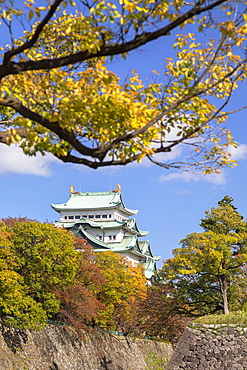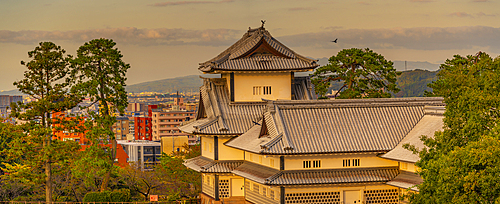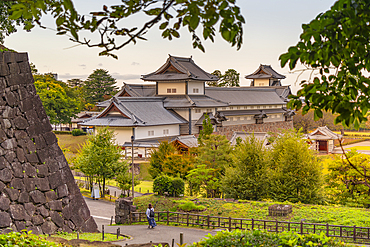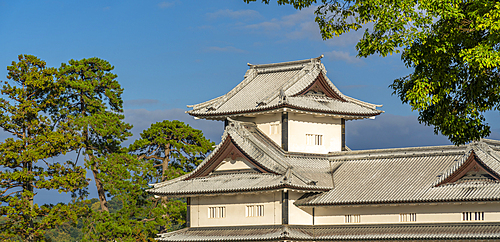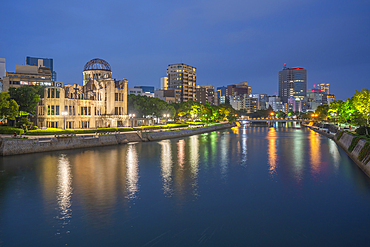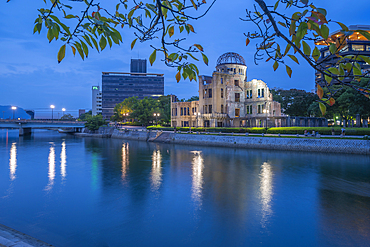Results
« Previous 1 2 3 4 5 6 … 10 Next »
914 results found
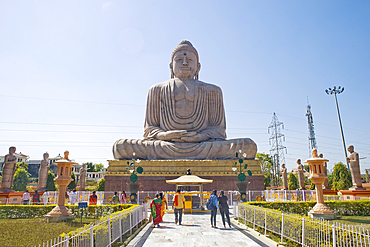
The 80-foot high Great Buddha Statue (Daibutsu), built by the Daijokyo Sect of Nagoya, Japan, unveiled by the XIV Dalai Lama in 1989,Bodh Gaya, Bihar, India, Asia
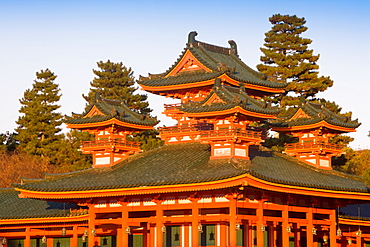
Impressive shrine complex of Heian-Jingu (Shrine), built in 1895, Kyoto City, Kansai Region, Honshu, Japan, Asia
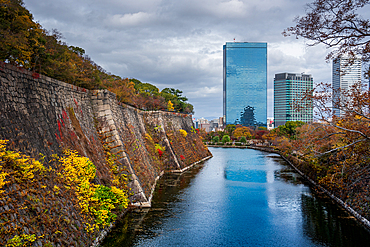
View along the inner Osaka Castle moat with autumnal trees and Crystal tower and CBD in the background, Osaka, Honshu, Japan, Asia

Close-Up of the Majestic Floating Torii Gate of Itsukushima Shrine with Cityscape Background on Miyajima Island, Japan
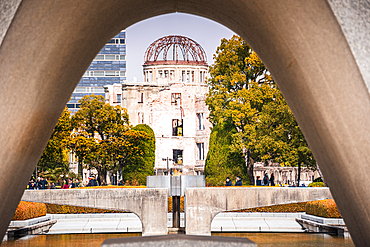
Hiroshima Peace Memorial Cenotaph Framing the Atomic Bomb Dome in Peace Memorial Park, Hiroshima, Japan
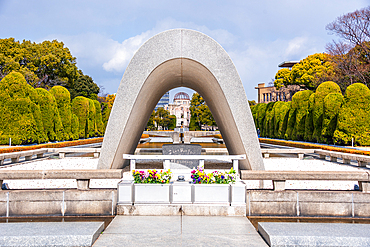
Hiroshima Peace Memorial Cenotaph in Front of the Eternal Flame Surrounded by Manicured Gardens in Hiroshima, Japan
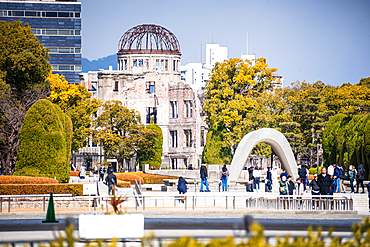
View of the Hiroshima Peace Memorial Cenotaph and Atomic Bomb Dome Surrounded by Visitors in Peace Memorial Park, Hiroshima, Japan
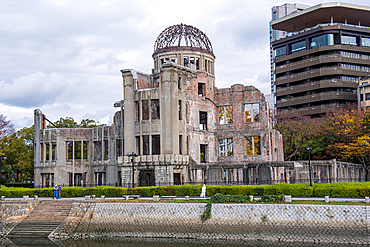
The A-Bomb Dome, skeletal ruins of the former Hiroshima Prefectural Industrial Promotion Hall at Hypocenter, Hiroshima Peace Memorial, UNESCO World Heritage Site, Horoshima, Honshu, Japan, Asia
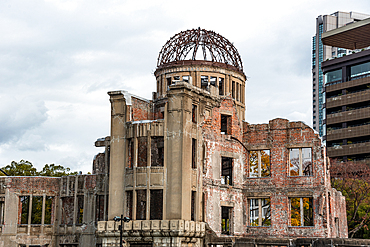
The A-Bomb Dome, skeletal ruins of the former Hiroshima Prefectural Industrial Promotion Hall at Hypocenter, Hiroshima Peace Memorial, UNESCO World Heritage Site, Horoshima, Honshu, Japan, Asia
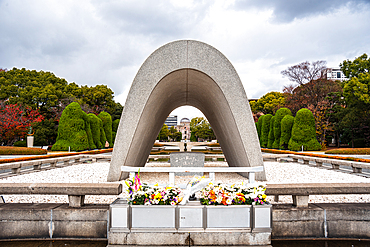
Flame of Peace, Hiroshima Peace Memorial, UNESCO World Heritage Site, Horoshima, Honshu, Japan, Asia
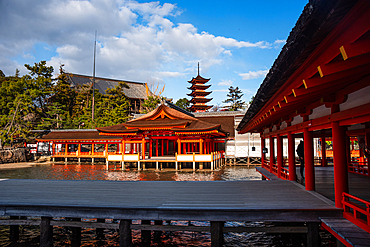
Red Pagoda at Itsukushima Shinto Shrine on Miyajima Island, UNESCO World Heritage Site, famous for floating torii Otori, HiroshimaPrefecture, Honshu, Japan, Asia
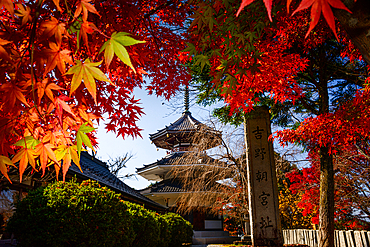
Kinpusenji Temple and red autumn leaves of maple trees, Yoshino Yama holy temple mountain near Nara, Honshu, Japan, Asia
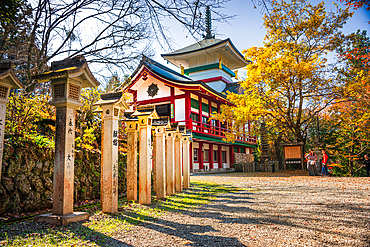
Site of Yoshino Imperial Palace and autumn leaves of maple trees, Yoshino Yama holy temple mountain near Nara, Honshu, Japan, Asia
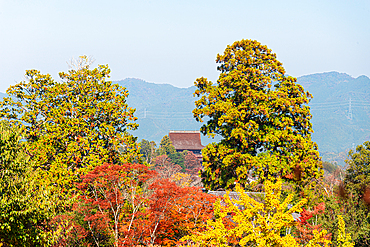
Red maple tree framing a Japanese temple roof in Yoshino mountain area, Yoshino, Nara, Honshu, Japan, Asia
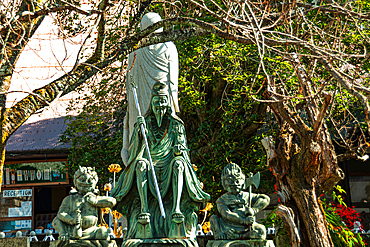
Bronze statues of En-no-gyoja Zenki and Goki, Sakuramotobo temple, Yoshinoyama, Nara, Honshu, Japan, Asia
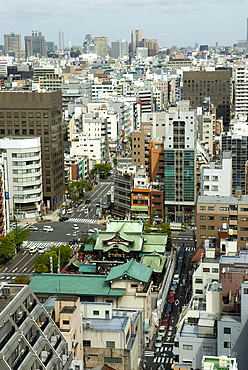
Suiten-gū (green roof), a Shinto shrine devoted to conception and safe childbirth, viewed from Royal Park Hotel, Chuo ward, Tokyo
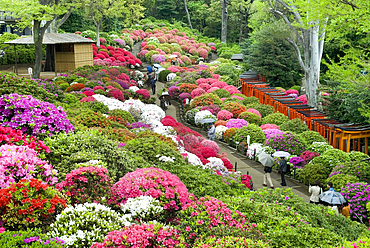
Azaleas (Rhododendron) garden of the Nezu-jinja Shrine, located in Bunkyo district north of Tokyo, Japan
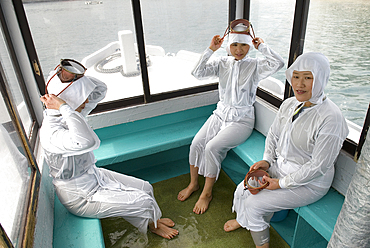
On the island of pearls of Mikimoto (named after the inventor and developer of the pearl culture: Kokichi Mikimoto 1858-1954), women divers in traditional clothing. Toba, Ise-Shima National Park, Japan
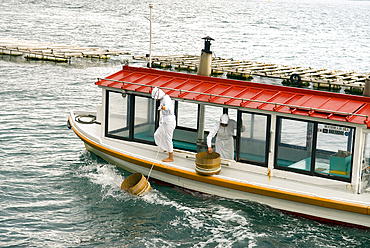
On the island of pearls of Mikimoto (named after the inventor and developer of the pearl culture: Kokichi Mikimoto 1858-1954), women divers in traditional clothing. Toba, Ise-Shima National Park, Japan
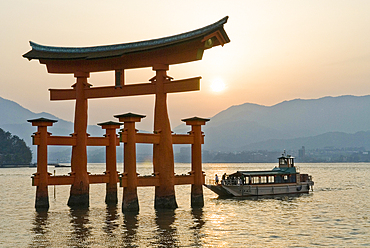
The iconic torii and a tourist cruise boatat the Itsukushima Shrine, on Miyajima island, hiroshima Prefecture, Japan
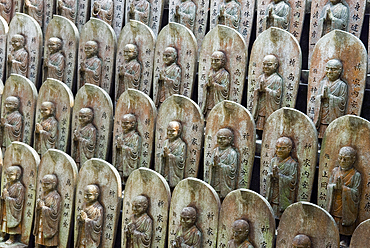
Daisho-in Temple, Japanese Buddhist temple complex on Mount Misen, Miyajima island, hiroshima Prefecture, Japan
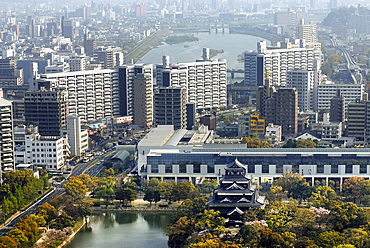
Hiroshima Castle called Carp Castle in the foreground was destroyed in the atomic bomb blast of August 6, 1945 and rebuilt in 1958, Hiroshima, Japan
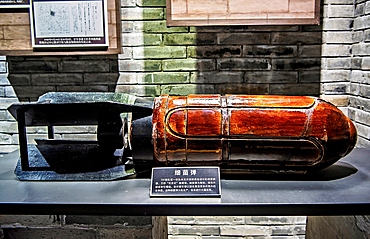
Bacteria bomb made of ceramic used by the Japanese Imperial army Unit 731 during WWII, Quzhou City, Zhejiang Province, China
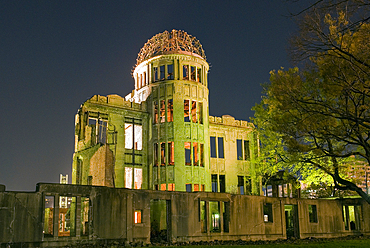
Peace Memorial called the Genbaku Dome or A-Bomb Dome, one of the few buildings remained standing after the atomic bombing of Hiroshima on 6 August 1945, Hiroshima, Japan
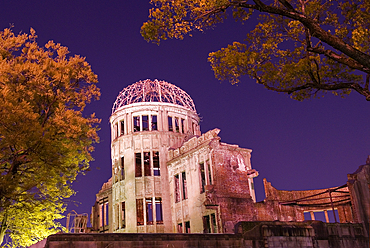
Peace Memorial called the Genbaku Dome or A-Bomb Dome, one of the few buildings remained standing after the atomic bombing of Hiroshima on 6 August 1945, Hiroshima, Japan
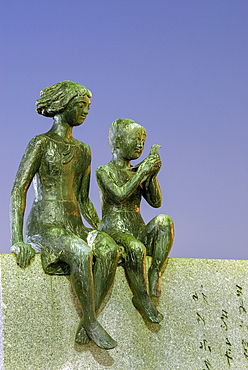
Sculpture at Hiroshima Peace Memorial Park, in memory of the victims of the nuclear attack on August 6, 1945, Hiroshima, Japan
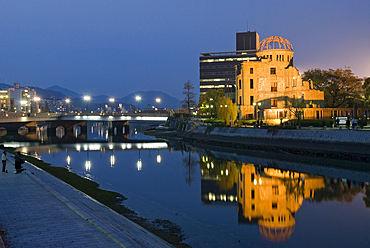
Peace Memorial called the Genbaku Dome or A-Bomb Dome, one of the few buildings remained standing after the atomic bombing of Hiroshima on 6 August 1945, Hiroshima, Japan
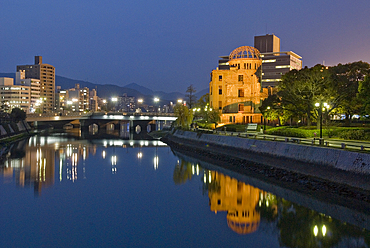
Peace Memorial called the Genbaku Dome or A-Bomb Dome, one of the few buildings remained standing after the atomic bombing of Hiroshima on 6 August 1945, Hiroshima, Japan
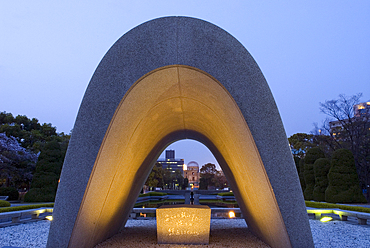
Hiroshima Peace Memorial Park, in memory of the victims of the nuclear attack on August 6, 1945. It is designed by the Japanese architect Kenzo Tange, Hirishima, Japan
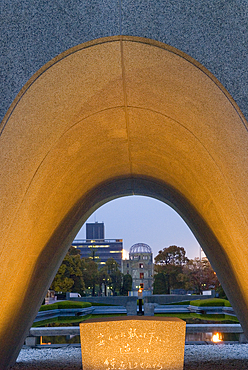
Hiroshima Peace Memorial Park, in memory of the victims of the nuclear attack on August 6, 1945. It is designed by the Japanese architect Kenzo Tange, Hirishima, Japan
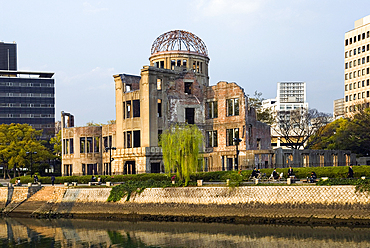
Peace Memorial called the Genbaku Dome or A-Bomb Dome, one of the few buildings remained standing after the atomic bombing of Hiroshima on 6 August 1945, Hiroshima, Japan

Peace Memorial called the Genbaku Dome or A-Bomb Dome, one of the few buildings remained standing after the atomic bombing of Hiroshima on 6 August 1945, Hiroshima, Japan
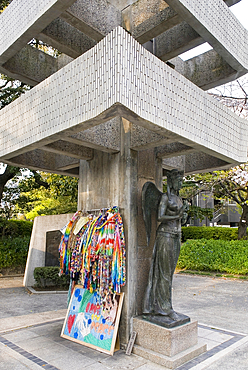
Hiroshima Peace Memorial Park, in memory of the victims of the nuclear attack on August 6, 1945, Hiroshima, Japan
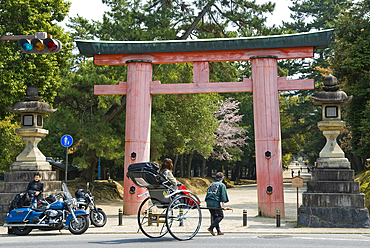
Tourist pulled rickshaw and motorcycles in fronr a torii at Kasuga Taisha Shinto shrine, Nara, Japan
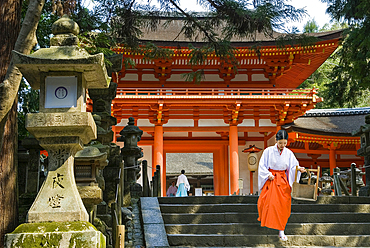
Miko or shrine maiden (Young women serving in a Shinto shrine) at Kasuga Taisha Shinto shrine, Nara, Japan
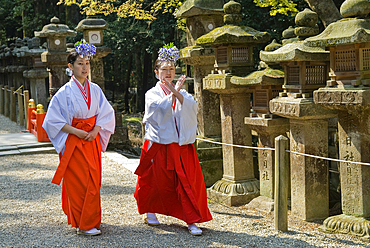
Miko or shrine maiden (Young women serving in a Shinto shrine) at Kasuga Taisha Shinto shrine, Nara, Japan
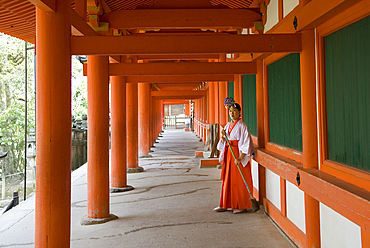
Miko or shrine maiden (Young women serving in a Shinto shrine) at Kasuga Taisha Shinto shrine, Nara, Japan
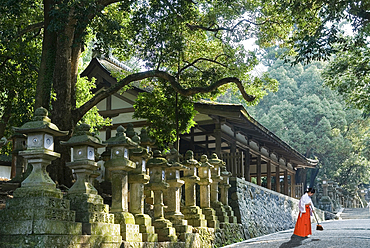
Miko or shrine maiden (Young women serving in a Shinto shrine) at Kasuga Taisha Shinto shrine, Nara, Japan
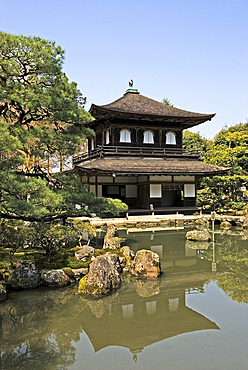
two-storied Kannon-den at Ginkaku-ji, 'Temple of the Silver Pavilion'), officially named Jishō-ji 'Temple of Shining Mercy'), a Zen temple in the Sakyo ward of Kyoto, Japan.
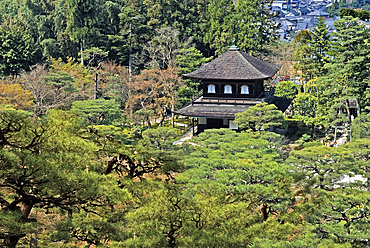
two-storied Kannon-den at Ginkaku-ji, 'Temple of the Silver Pavilion'), officially named Jishō-ji 'Temple of Shining Mercy'), a Zen temple in the Sakyo ward of Kyoto, Japan.

Kinkaku-ji, 'Temple of the Golden Pavilion', officially named Rokuon-ji, (lit.���'Deer Garden Temple'), is a Zen Buddhist temple in Kyoto, one of 17 Historic Monuments of Ancient Kyoto which are World Heritage Sites. Kyoto, Japan
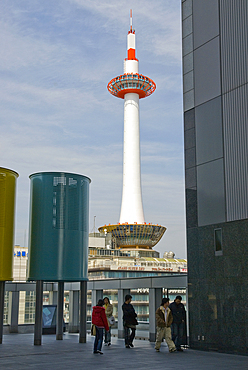
Kyoto Tower, tallest structure of Tokyo seen from Kyoto Station, it affords a 360 ° view from a platform 100 metersabove the ground, Kyoto, Japan, East Asia
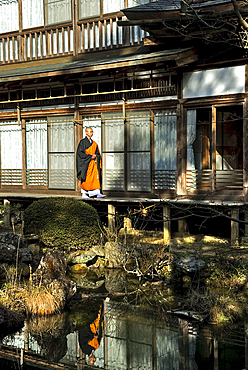
Monk at Henjoko-in Temple, Pilgrim's and tourist lodging (Shukubo), Mount Koya, Wakayama Prefecture, Japan, East Asia
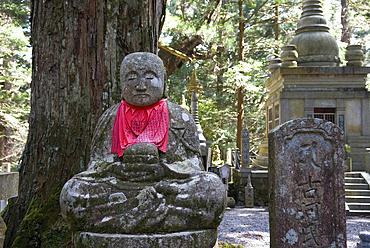
Jizo statues and graves at Okunoin of Mount Koya, a sacred Buddhist site and cemetery. Opened in 835, it houses the mausoleum of Kūkai, founder of the Shingon school of esoteric Buddhism, Wakayama Prefecture, Japan, East Asia
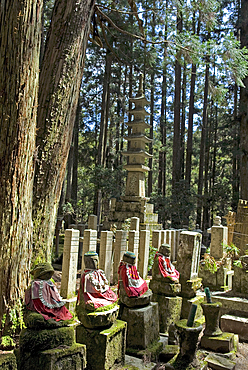
Jizo statues and graves at Okunoin of Mount Koya, a sacred Buddhist site and cemetery. Opened in 835, it houses the mausoleum of Kūkai, founder of the Shingon school of esoteric Buddhism, Wakayama Prefecture, Japan, East Asia
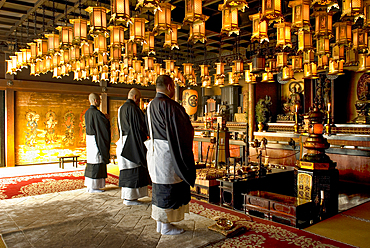
Prayer room in Henjoko-in Temple, Pilgrim's and tourist lodging (Shukubo), Mount Koya, Wakayama Prefecture, Japan, East Asia

Pilgrims at pagoda Konpon Daito within the Danjo Garan Sacred Temple Complex, Mount Koya, Wakayama Prefecture, Japan, East Asia

Jizo statues and graves at Okunoin of Mount Koya, a sacred Buddhist site and cemetery. Opened in 835, it houses the mausoleum of Kūkai, founder of the Shingon school of esoteric Buddhism, Wakayama Prefecture, Japan, East Asia
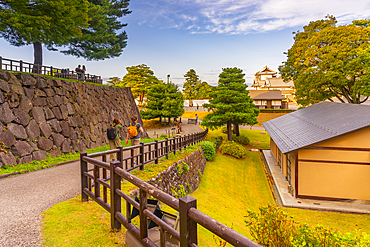
View of Hishi Yagura and Hashizume-mon Gate, Kanazawa Castle, Kanazawa City, Ishikawa Prefecture, Honshu, Japan
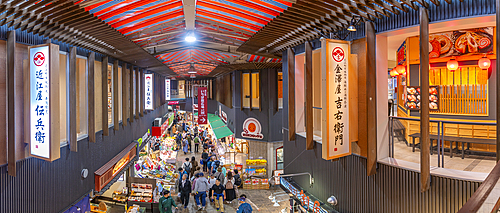
Elevated view of stalls and people in Omicho Market, Kanazawa City, Ishikawa Prefecture, Honshu, Japan
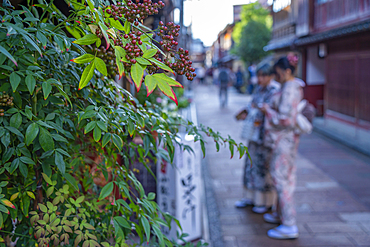
View of autumn leaves and couple wearing Kimons in the Higashi Chaya District, Kanazawa City, Ishikawa Prefecture, Honshu, Japan
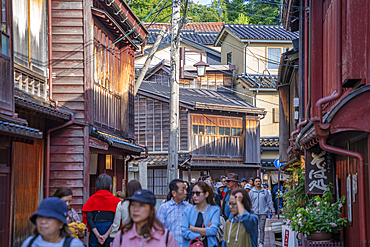
View of traditional dark wood building in the Higashi Chaya District, Kanazawa City, Ishikawa Prefecture, Honshu, Japan
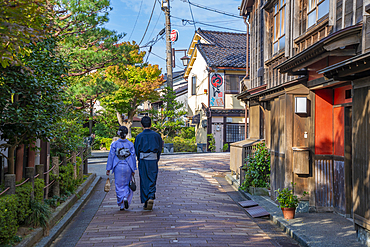
Local couple in kimono dress and traditional dark wood buildings in the Higashi Chaya District, Kanazawa City, Ishikawa Prefecture, Honshu, Japan
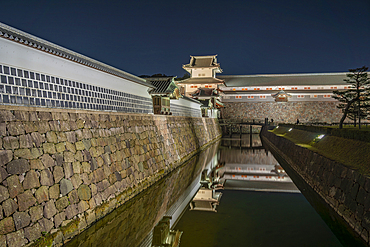
View of Gojikken Nagaya-Kanazawa Castle reflecting in moat at dusk, Kanazawa City, Ishikawa Prefecture, Honshu, Japan
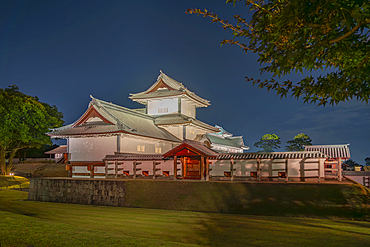
View of Hashizume-mon Gate at Gojikken Nagaya-Kanazawa Castle at dusk, Kanazawa City, Ishikawa Prefecture, Honshu, Japan
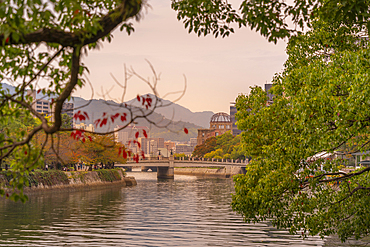
View of the skeletal ruins of the A-Bomb Dome, Hypocenter, Hiroshima Peace Memorial, UNESCO, Hiroshima, Honshu, Japan
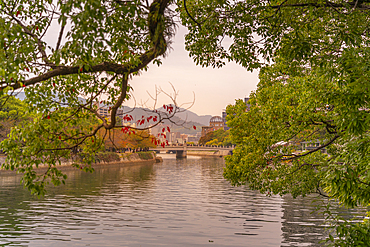
View of the skeletal ruins of the A-Bomb Dome, Hypocenter, Hiroshima Peace Memorial, UNESCO, Hiroshima, Honshu, Japan
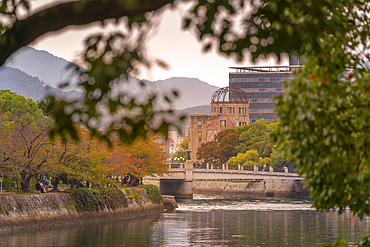
View of the skeletal ruins of the A-Bomb Dome, Hypocenter, Hiroshima Peace Memorial, UNESCO, Hiroshima, Honshu, Japan
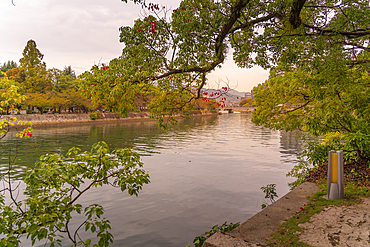
View of the skeletal ruins of the A-Bomb Dome, Hypocenter, Hiroshima Peace Memorial, UNESCO, Hiroshima, Honshu, Japan
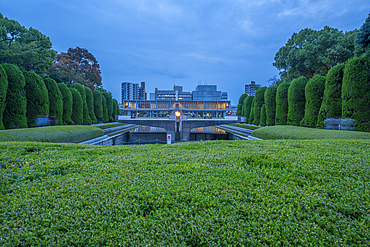
View of the Hiroshima Victims Memorial Cenotaph in the Pond of Peace, Hiroshima Peace Memorial, UNESCO, Hiroshima, Honshu, Japan
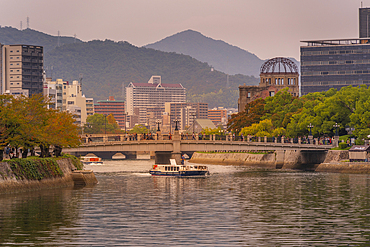
View of the skeletal ruins of the A-Bomb Dome, Hypocenter, Hiroshima Peace Memorial, UNESCO, Hiroshima, Honshu, Japan
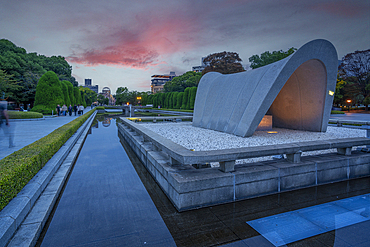
The Hiroshima Victims Memorial Cenotaph in the Pond of Peace, Hiroshima Peace Memorial, UNESCO, Hiroshima, Honshu, Japan
